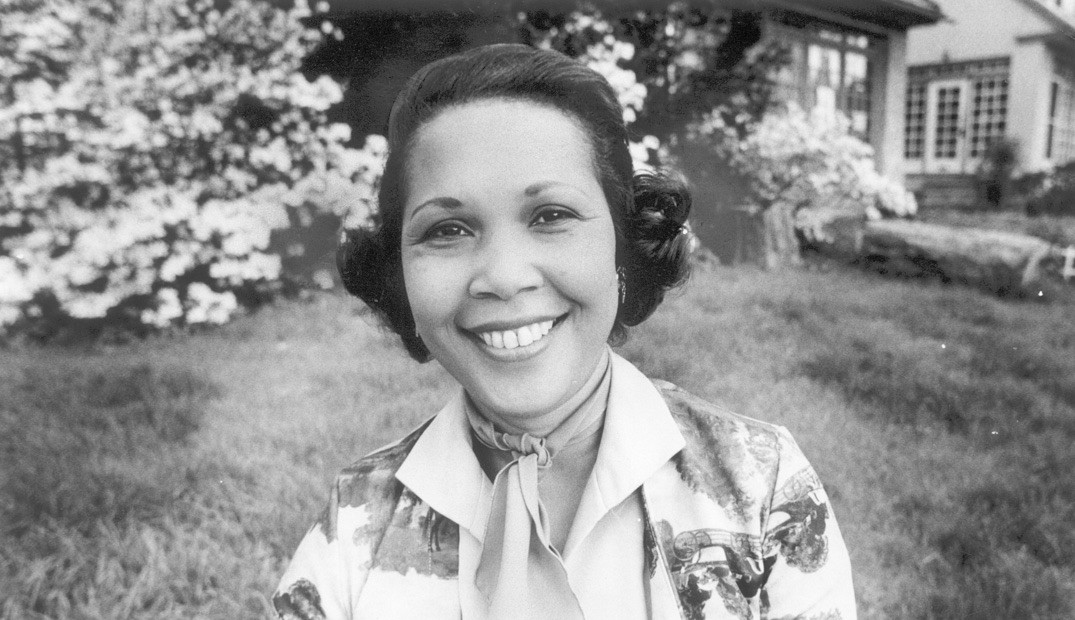Barbara Rose Johns Powell was a young, civil rights leader and pioneer. At the age of 16, Powell led a student strike, for equal education, at R.R. Moton High School in Farmville, Virginia.
After years of frustration with the inadequacies at her school, such as poor facilities, shabby equipment, and no science labs or gymnasium, Barbara took her concerns to a teacher, who dismissed her. Although initially discouraged, Barbara Rose Johns, used this moment as inspiration and created a plan. On April 23, 1951, she and her student council members went on strike. Johns gave a speech to all 450 students at the school, detailing their dissatisfaction, and revealed her plans for a student strike in protest. The students were inspired and marched with Johns Powell to the county courthouse to state their case.
Barbara Rose Johns’s planning and persistence garnered the support of NAACP lawyers who took up her case and the cause of more equitable conditions for Moton High School. After securing NAACP legal support, the Moton students filed Davis v. Prince Edward County, the largest and only student-initiated case. In 1954, this case became one of the five cases that the U.S. Supreme Court reviewed in Brown v. Board of Education, the landmark 1954 U.S. Supreme Court decision declaring “separate but equal” public schools unconstitutional.
For her part in the integration movement, Johns was threatened, and the KKK burned a cross in her school yard. Barbara Johns’ parents, fearing for her safety, sent her to Montgomery, Alabama, to live with her uncle, Vernon Johns, a civil rights pioneer. Her commitment to equitable education moved her to become a librarian. She served in this profession until her death in 1991. Some historians believe that Johns’s contributions to the Movement are frequently overlooked because of her young age. Her actions were extraordinary given her age and the era.

